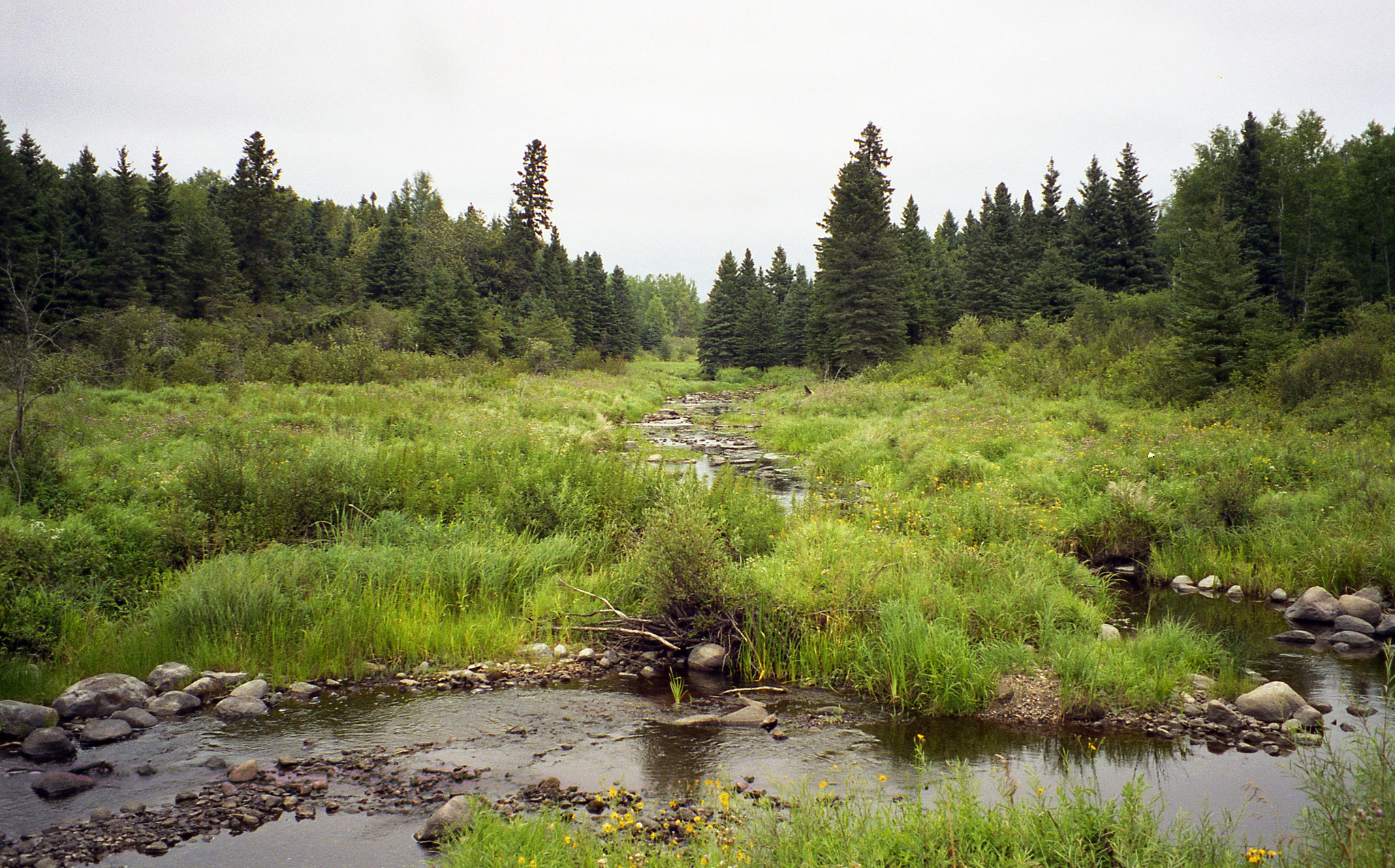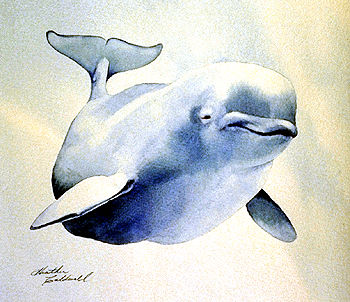Browse "Environment"
-
Article
Air Pollution
Air pollutants are substances that, when present in the atmosphere in sufficient quantities, may adversely affect people, animals, vegetation or inanimate materials.
"https://d2ttikhf7xbzbs.cloudfront.net/media/media/7ee1904a-bee2-4a28-ad36-2307fd5d6f0d.jpg" // resources/views/front/categories/view.blade.php
https://d2ttikhf7xbzbs.cloudfront.net/media/media/7ee1904a-bee2-4a28-ad36-2307fd5d6f0d.jpg
-
Article
Arctic Haze
Once one of the purest and cleanest places on Earth, the Arctic has been tarnished, dimmed by a dirty blanket of reddish-brown smog. Coined in the 1950s, the arctic haze which arrives each fall and winter is a totally unexpected phenomenon recorded nowhere else on Earth.
"https://development.thecanadianencyclopedia.ca/images/tce_placeholder.jpg?v=e9dca980c9bdb3aa11e832e7ea94f5d9" // resources/views/front/categories/view.blade.php
https://development.thecanadianencyclopedia.ca/images/tce_placeholder.jpg?v=e9dca980c9bdb3aa11e832e7ea94f5d9
-
Article
Biodiversity
Biodiversity is the variety of life (genetic, species and ecosystem levels) on Earth or some part of it. It includes all living forms, plants, animals and micro-organisms. It is the natural wealth of a region that provides resources and ecological services.
"https://d2ttikhf7xbzbs.cloudfront.net/media/media/525276c1-ee26-4c24-bc61-a4d499a68632.jpg" // resources/views/front/categories/view.blade.php
https://d2ttikhf7xbzbs.cloudfront.net/media/media/525276c1-ee26-4c24-bc61-a4d499a68632.jpg
-
Article
Biogeoclimatic Zone
For example, in British Columbia, the Coastal Western Hemlock Zone is one of 14 biogeoclimatic zones. It occupies high precipitation areas up to 1000 m elevation west of the coastal mountains from the Washington to Alaska borders and beyond.
"https://development.thecanadianencyclopedia.ca/images/tce_placeholder.jpg?v=e9dca980c9bdb3aa11e832e7ea94f5d9" // resources/views/front/categories/view.blade.php
https://development.thecanadianencyclopedia.ca/images/tce_placeholder.jpg?v=e9dca980c9bdb3aa11e832e7ea94f5d9
-
Article
Biogeography
Ecology is subdivided into 3 fields of study: autecology (relations of individual species or populations to their milieu), synecology (composition of living communities) and dynecology (processes of change in related communities).
"https://d2ttikhf7xbzbs.cloudfront.net/media/media/54274460-8bd9-4d7e-be56-42ebb9854f08.jpg" // resources/views/front/categories/view.blade.php
https://d2ttikhf7xbzbs.cloudfront.net/media/media/54274460-8bd9-4d7e-be56-42ebb9854f08.jpg
-
Article
Biological Oceanography
Biological Oceanography is a branch of oceanography that studies living organisms (ie, the biota) in the sea in relation to their environments.
"https://development.thecanadianencyclopedia.ca/images/tce_placeholder.jpg?v=e9dca980c9bdb3aa11e832e7ea94f5d9" // resources/views/front/categories/view.blade.php
https://development.thecanadianencyclopedia.ca/images/tce_placeholder.jpg?v=e9dca980c9bdb3aa11e832e7ea94f5d9
-
Article
Biosphere Reserves in Canada
A biosphere reserve represents one of the world’s important ecosystems and is divided into three zones: a protected core zone (such as a park or wildlife area), a buffer zone around the core, and a transition zone that fosters sustainable economic and cultural activity. The World Network of Biosphere Reserves includes 686 sites around the world, 18 of which are in Canada. The network is part of the larger Man and the Biosphere Program of the United Nations Educational, Scientific and Cultural Organization (UNESCO). Biosphere reserves are designated by UNESCO to help conserve biodiversity, demonstrate sustainable development and build the local community’s capacity to deal with human and environmental issues.
"https://d2ttikhf7xbzbs.cloudfront.net/media/media/0b4a5b26-9047-48ec-97c2-3490843a5b3f.jpg" // resources/views/front/categories/view.blade.php
https://d2ttikhf7xbzbs.cloudfront.net/media/media/0b4a5b26-9047-48ec-97c2-3490843a5b3f.jpg
-
Macleans
Canada Dumping Raw Sewage into Its Waterways
This article was originally published in Maclean’s magazine on October 17, 2005. Partner content is not updated. VICTORIA'S churning river of effluent does not look as awful as you'd think, considering the unholy reputation that precedes it.
"https://development.thecanadianencyclopedia.ca/images/tce_placeholder.jpg?v=e9dca980c9bdb3aa11e832e7ea94f5d9" // resources/views/front/categories/view.blade.php
https://development.thecanadianencyclopedia.ca/images/tce_placeholder.jpg?v=e9dca980c9bdb3aa11e832e7ea94f5d9
-
Article
Canadian Wildlife Federation
Canadian Wildlife Federation, national, nonprofit, nongovernmental conservation organization founded in 1961 and chartered in 1962.
"https://development.thecanadianencyclopedia.ca/images/tce_placeholder.jpg?v=e9dca980c9bdb3aa11e832e7ea94f5d9" // resources/views/front/categories/view.blade.php
https://development.thecanadianencyclopedia.ca/images/tce_placeholder.jpg?v=e9dca980c9bdb3aa11e832e7ea94f5d9
-
Article
Canadian Wildlife Service
The CWS focuses on 3 key areas reflecting its legislative mandate: migratory birds, species at risk and habitat.
"https://d2ttikhf7xbzbs.cloudfront.net/media/media/c69a8239-200e-4a58-9eac-691b6eb64f68.jpg" // resources/views/front/categories/view.blade.php
https://d2ttikhf7xbzbs.cloudfront.net/media/media/c69a8239-200e-4a58-9eac-691b6eb64f68.jpg
-
Article
Climate
Climate is often defined as average weather, when weather means the current state of the atmosphere. For scientists, climates are the result of exchanges of heat and moisture at the Earth's surface. Because of its size, Canada has many different climates.
"https://d2ttikhf7xbzbs.cloudfront.net/media/media/564ff157-335a-409a-81af-13f050b3079a.jpg" // resources/views/front/categories/view.blade.php
https://d2ttikhf7xbzbs.cloudfront.net/media/media/564ff157-335a-409a-81af-13f050b3079a.jpg
-
Article
Climate Change
Climate change occurs when long-term weather patterns begin to shift. These periods of change have occurred throughout the Earth’s history over extended periods of time. However, since the Industrial Revolution the world has been warming at an unprecedented rate. Because of this, the current period of climate change is often referred to as “global warming.” Human activities that release heat-trapping greenhouse gases, such as the burning of fossil fuels, are largely responsible for this increased rate of change. The implications of this global increase in temperature are potentially disastrous and include extreme weather events, rising sea levels and loss of habitat for plants, animals and humans. In Canada, efforts to mitigate climate change include phasing-out coal-fired power plants in Ontario and instituting a carbon tax in British Columbia. (This is the full-length entry about climate change. For a plain-language summary, please see Climate Change (Plain-Language Summary).)
"https://d2ttikhf7xbzbs.cloudfront.net/media/media/5ff84049-689a-43d8-8625-462b97b5a67f.jpg" // resources/views/front/categories/view.blade.php
https://d2ttikhf7xbzbs.cloudfront.net/media/media/5ff84049-689a-43d8-8625-462b97b5a67f.jpg
-
Macleans
Climate Clues from Vancouver Island
To the uninitiated, it looks no more exciting than a long, thin log of grey plasticene. But to scientists like Jeffrey Fox, a Texas geologist who oversaw its extraction last week from the bottom of a deep bay 16 km north of Victoria, the 9.This article was originally published in Maclean's Magazine on September 2, 1996
"https://development.thecanadianencyclopedia.ca/images/tce_placeholder.jpg?v=e9dca980c9bdb3aa11e832e7ea94f5d9" // resources/views/front/categories/view.blade.php
https://development.thecanadianencyclopedia.ca/images/tce_placeholder.jpg?v=e9dca980c9bdb3aa11e832e7ea94f5d9
-
Article
Commission of Conservation
Commission of Conservation, established 1909 to provide Canadian governments with the most up-to-date scientific advice on the CONSERVATION of human and natural resources.
"https://d2ttikhf7xbzbs.cloudfront.net/media/media/53d34b2e-01bc-41b9-9770-72b430fceec7.jpg" // resources/views/front/categories/view.blade.php
https://d2ttikhf7xbzbs.cloudfront.net/media/media/53d34b2e-01bc-41b9-9770-72b430fceec7.jpg
-
Article
Committee on the Status of Endangered Wildlife in Canada
Several steps are involved when COSEWIC evaluates the status of species. The committee begins by commissioning status reports on species suspected of being in danger.
"https://d2ttikhf7xbzbs.cloudfront.net/media/media/f306f0d1-797a-46a0-af65-29ac4b423e54.jpg" // resources/views/front/categories/view.blade.php
https://d2ttikhf7xbzbs.cloudfront.net/media/media/f306f0d1-797a-46a0-af65-29ac4b423e54.jpg
